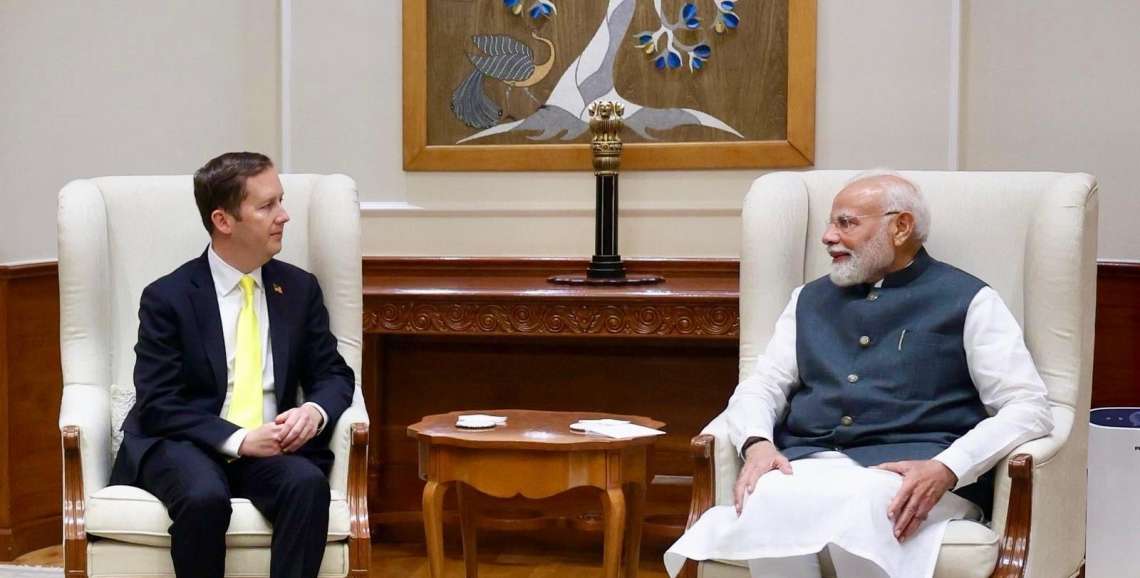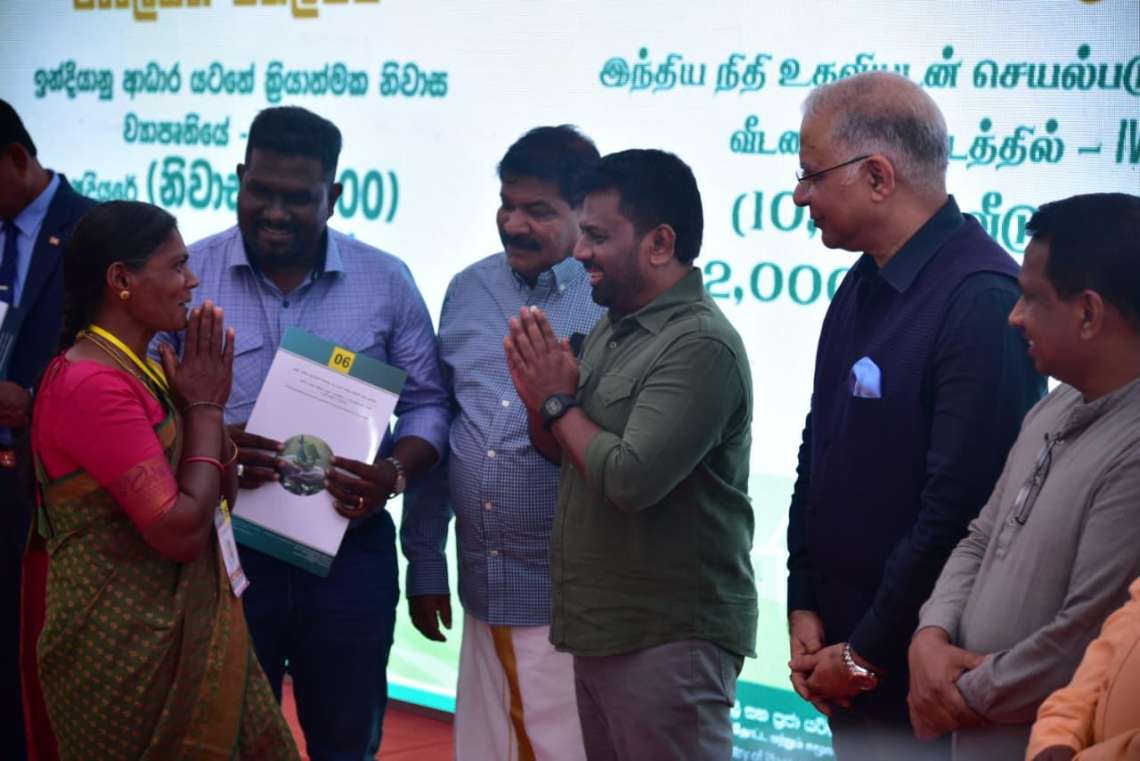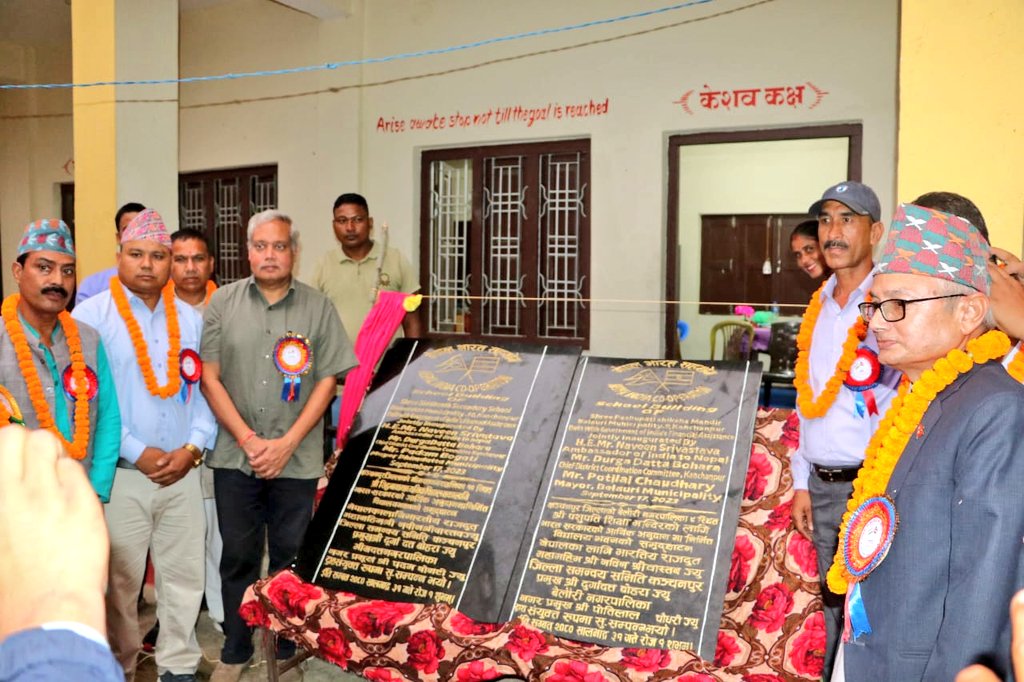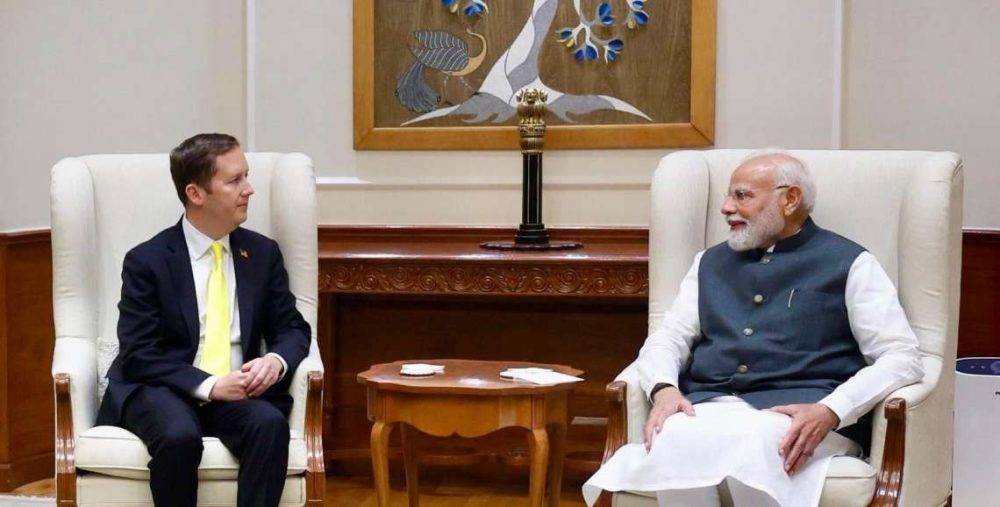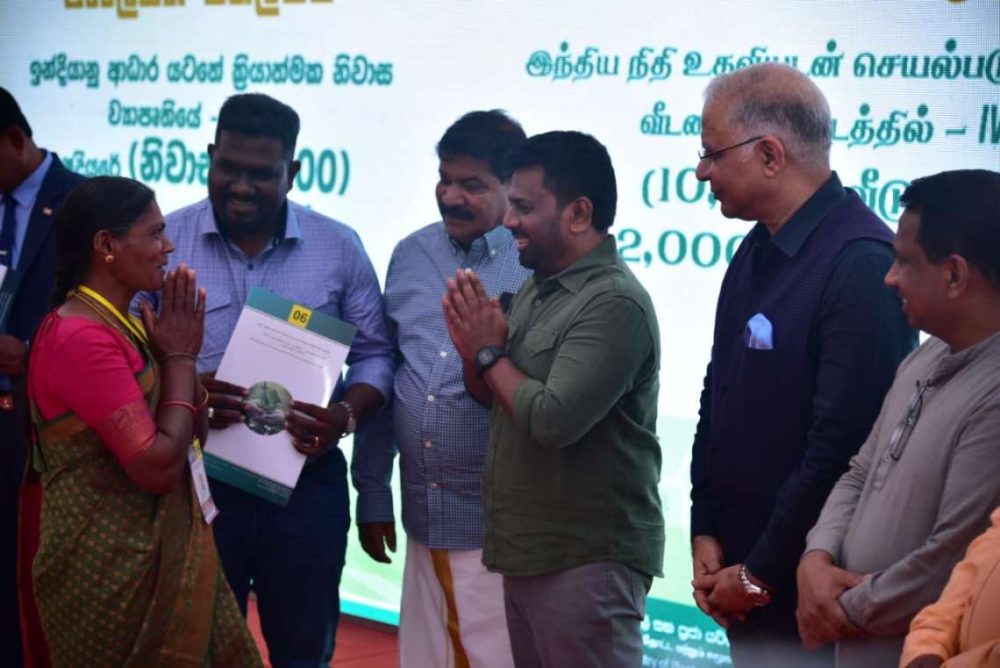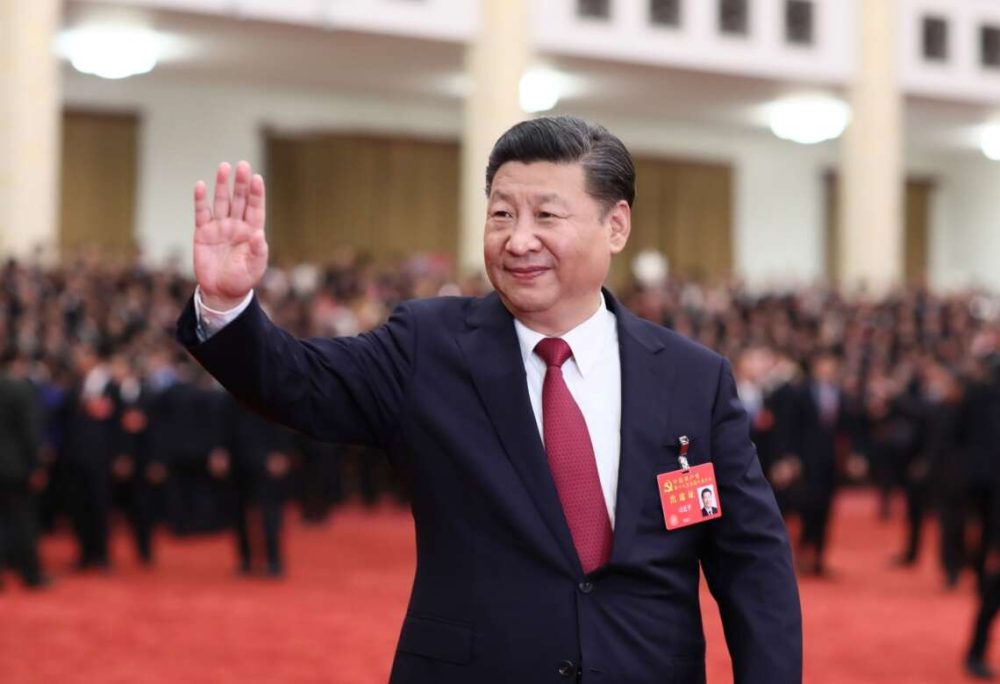The date of the next JSC meeting has not been fixed yet but Nepali officials said that it could be held next month….reports Prithvi Shrestha
Nepal and India have agreed to improve their cross- border transmission infrastructure in order to boost trade of electricity with two sides turning cooperation in the power sector as a cornerstone of bilateral relations.
During the 14th meeting of the Joint Technical Team (JTT) under the Energy Secretary Level Joint Steering Committee (JSC) held in New Delhi on Wednesday, two sides reached an understanding to increase quantum of power to be trade through 400kV Dhalkebar- Muzaffarpur Cross Border Transmission Line and to complete under-construction smaller capacity cross border power lines.
“The understanding will go into implementation, once the next JSC meeting endorses the understanding,” Sandeep Kumra Dev, joint secretary at the Ministry of Energy, Water Resources and Irrigation, told India Narrative.
The date of the next JSC meeting has not been fixed yet but Nepali officials said that it could be held next month.
Understanding reached during the JTC meeting is important for Nepal as poor transmission infrastructure has emerged as big concerns for the country to boost its export of power to its Southern neighbour and beyond.
Nepal has felt an urgency to develop both domestic and cross border power lines after the Indian Prime Minister announced on June 1 that it would buy 10,000MW of power from Nepal in the next 10 years.
The announcement was made when Nepali Prime Minister Puspa Kamal Dahal visited New Delhi. Currently, Indian authorities have allowed to export upto 632.6MW of power in the Indian market.
As per the latest agreement reached between the two sides, the Dhalkebar- Muzaffarpur transmission line will be used for transmitting power upto 1,000MW from earlier agreed upto 800MW.
During the 10th JSC meeting held in February, two countries agreed to increase the quantum of power that can be transmitted via this power line to 800MW from 600MW.
India has so far allowed Nepal to export up to 562.6MW through this power line while rest from other cross border power lines.
As per the understanding reached at the JTT meeting, Nepal can use spare capacity of the 400kV Dhalkebar- Sitamarhi cross border transmission line which is being constructed by SJVN Arun-3 Power Development Company.
The company was established by India’s state-owned SJVN Limited to develop the 900MW Arun-3 Hydropower Project in eastern Nepal and is also constructing the cross-border power line to evacuate its own power whose capacity is around 2,000MW.
“As Arun-3’s capacity is 900MW, there will be spare capacity in this transmission line until SJVN also develops 669MW Lower Arun and 490MW Arun-4 projects,” said Dev, who led the Nepali team during the JTC meeting.
Nepal had granted licence of developing the Lower Arun to SJVN as a cascade project of Arun-3 while SJVN And Nepal Electricity Authority have signed Memorandum of Understanding to develop the Arun-4 project jointly.
According to the details of agreements obtained by India Narrative, the sides also agreed to complete the 132 kV New Nautanwa- Mainaiya line by October this year and 132 kV Kohalpur-Nanpara by July next year.
Both can be used for exporting and importing power, Nepali officials said.
Currently, there is a single 400kV Dhalkebar- Muzaffarpur cross border transmission line under operation. So, two sides had agreed to make efforts to upgrade existing lower capacity transmission lines so as to boost trading of power between the two countries.
The two neighbours also agreed to conduct a joint visit of their technical teams to see the possibility of building a 220kV cross border transmission line from Nepal’s Mahendranagar to India’s Tanakpur.
In early September, India allowed Nepal to export 70MW of power to India through the existing 132kV Mahendranagar-Tanakpur cross border power line through which only import was taking place earlier.
Then, Nepal has been exporting power generated from two power projects based in far-western Nepal to India through this route. There are about a dozen low-capacity cross border power lines between the two countries, according to the energy ministry of Nepal.
Two countries also agreed to expedite the implementation of proposed 400kV Dododhara- Bareilly Cross Border transmission line which they earlier agreed to complete by 2028-29. In the last JSC meeting held in February, two countries had agreed to develop and construct this project. Likewise, they had also agreed to develop the 400kV Inaruwa (Nepal) -Purnia (India) cross- border power line too.
During Prime Minister Dahal’s visit to India, two Prime Ministers had laid a foundation stone remotely to construct the India section of 400kV New Butwal-Gorakhpur transmission line project which is expected to be completed by March 2025.
“Building more cross-border transmission infrastructure along with domestic infrastructure is a must to ensure that Nepal could realise its potential of becoming a clean energy powerhouse of South Asia,” said Dev.
(India Narrative)



